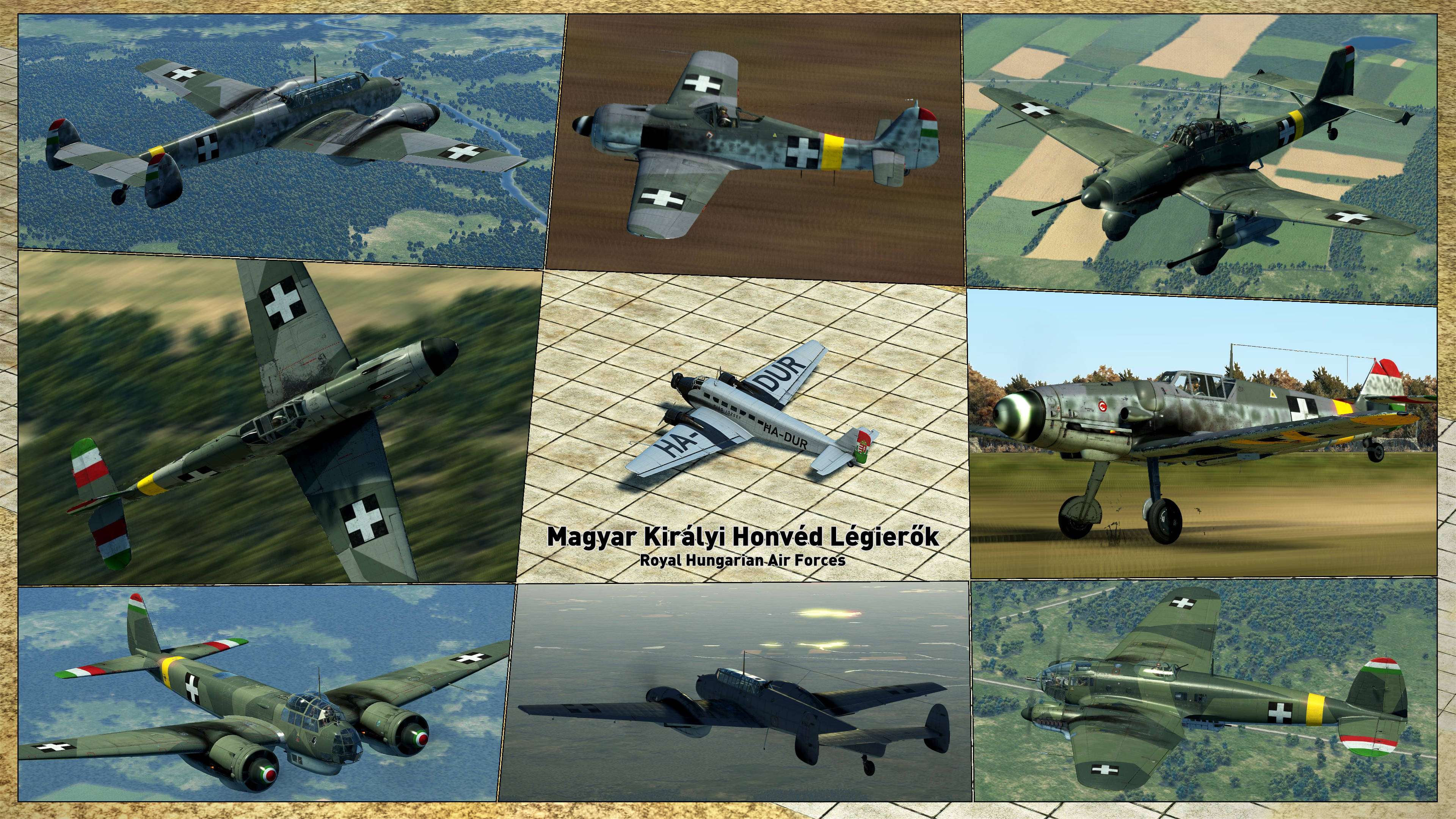
Indicated stall speed in takeoff/landing configuration: 136.150 km/h Technical detailsIndicated stall speed in flight configuration: 143.159 km/h

42 Asalt commander, Eastern front, Winter 1943-44. 3./Ergänzungs-Zerstörergruppe, Deblin-Irena, Spring 1943.Hans-Günther Marufke, 12.(Pz.)/SG9 commander, Kishinev, Spring 1944. Walter Krauze, 10.(Pz.)/SG9 commander, Proskurov, February 1944. Franz Oswald, 8.(Pz.)/Schl.G.2 commander, Tunisia, April 1943. Bruno Meyer, 4.(Pz.)/Schl.G.2 commander, Lybia, November 1942. Rudolf-Heinz Ruffer, 8.(Pz.)/Schl.G.1 commander, Kuban, May 1943. Hans Dornemann, 4.(Pz.)/Schl.G.1 commander, Kuban, May 1943. PzJgSt./JG51, Stalingrad, January 1943.Paul-Friedrich Darjes, II./Schl.G.1 commander, Voroshilovgrad, January 1943. Standard pattern with winter camo, Stalingrad, January 1943.Rearview mirror (1 kg weight increase, 1 kph speed loss).Fixed loop radio compass Peilrahmen PR 16 (10 kg weight increase, minor speed loss).30mm gun "MK 103", 80 rounds, 400 rounds per minute (234 kg weight increase, 6 kph speed loss).30mm gun "MK 101", 30 rounds, 250 rounds per minute (179 kg weight increase, 6 kph speed loss).Four 7.92mm machine gun "MG 17", 1000 rounds total, 1200 rounds per minute (195 kg weight increase, minor speed loss).

Two 20mm guns "MG 151/20", 250 rounds, 700 rounds per minute (14 kg weight increase, minor speed loss).Bombs: Up to six 55 kg general purpose bombs "SC 50" or one 249 kg general purpose bomb "SC 250".Default armament: two 7.92mm machine guns "MG 17", 1000 rounds, 1200 rounds per minute and two 20mm guns "MG 151/15", 250 rounds, 700 rounds per minute.In addition to Quick Mission Builder and Multiplayer modes, you can fly it in Career mode during Battle of Stalingrad and Battle of Kuban timeframes. Having many unique features, the Hs 129 B-2 was armed with a wide assortment of weapons including the 30mm MK 101 and MK 103 cannons. Anti-tank squadrons equipped with these aircraft were sent to the frontline where the enemy threat was the greatest. It saw action at the battles of Stalingrad, Kuban and Kursk salient and was also used in North Africa. Armed with powerful weapons, the ‘Duck’ as it was called first appeared in May 1942 in the southern sector of the Soviet-German front. The Hs 129 was designed to be a general purpose armored ground attack plane, but during the second part of the war it became the main anti-tank aircraft flown by the Luftwaffe.


 0 kommentar(er)
0 kommentar(er)
